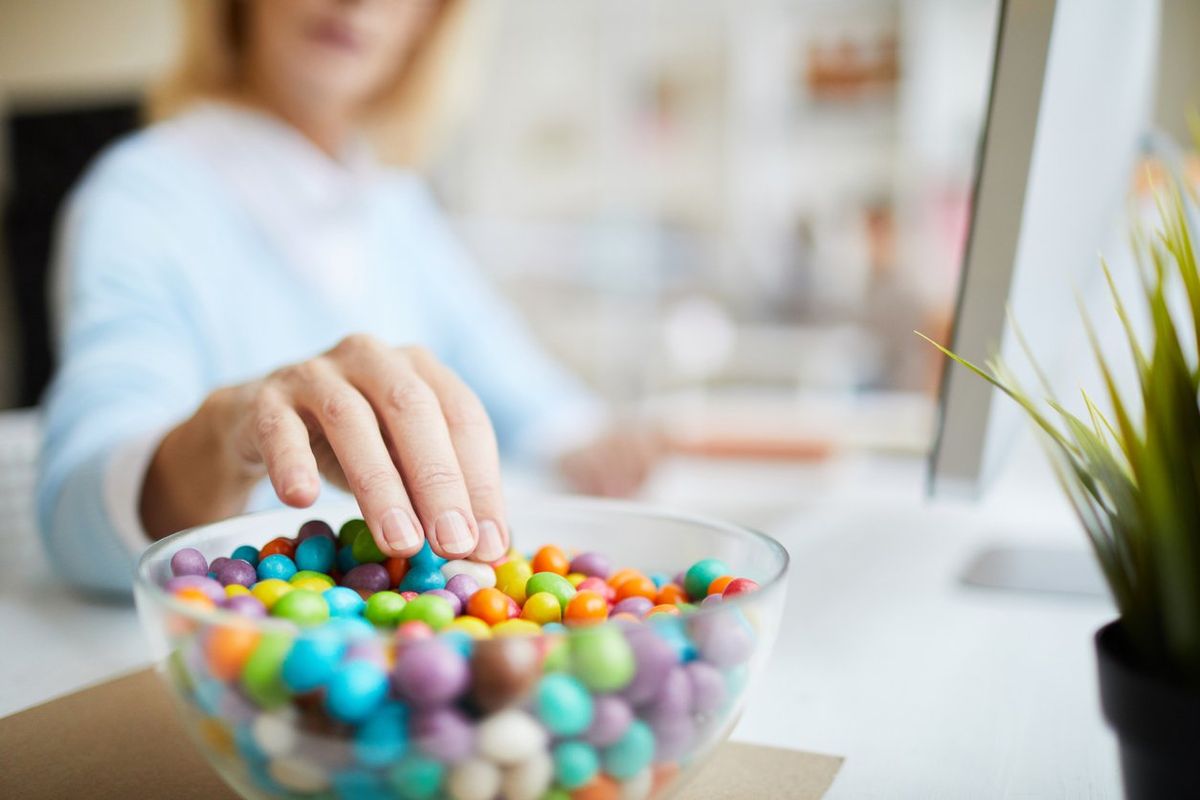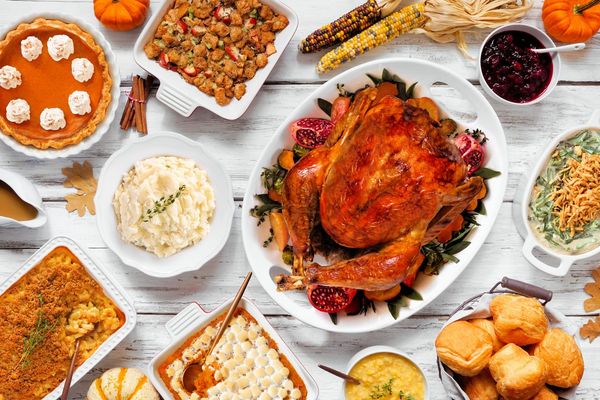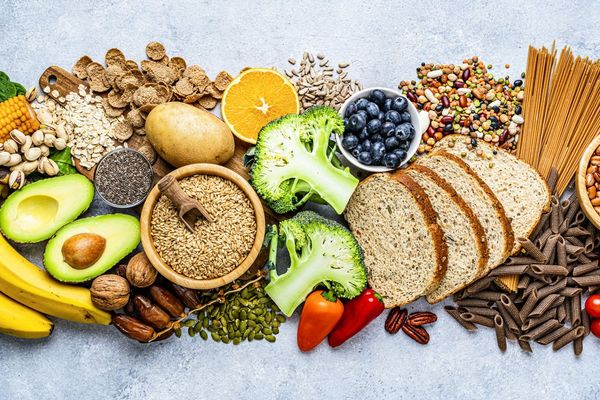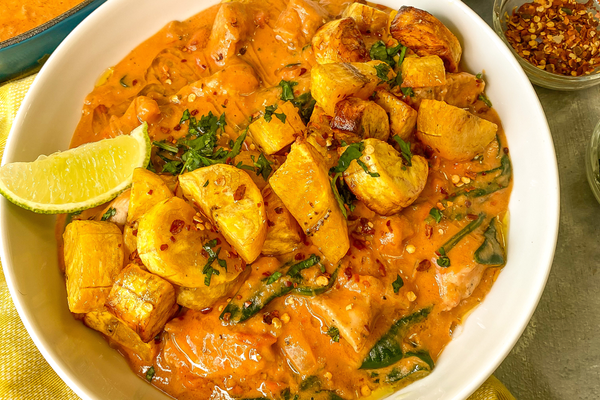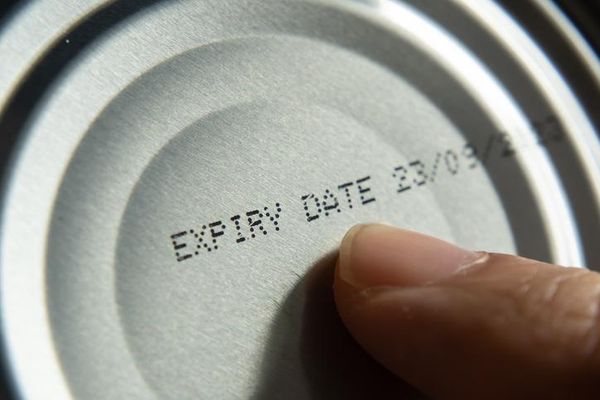There are some of us who are of the "salty and savory" variety. Their go-to snacks include just about anything with the word "chip" in it. They can't stand anything sweet (like dried cranberries) in their mixed salads but instead like to pile on the bacon bits. And when it comes to dessert, they'd rather eat some mixed (salty) nuts or cheese plate than a cookie.
And then there are the others: those whose tooth is so sweet that they can't get enough sugar. Candy is a perfect snack; sweet fruit a perfect accompaniment to salads, poultry and just about anything. Dessert? Yes, please—and I'll have seconds.
At least 10 percent of the calories the average American eats in a day come from added sugars. (If you consume 2,000 calories a day, that means that one and a half cans of regular soda—which contains about 35 grams of sugar per can—would exceed that 10 percent mark.)
Added sugar comes from the obvious sources, like cookies, cakes, sports and energy drinks, sodas and sweetened tea or coffee. More than one-third of the added sugar we consume comes from beverages. But added sugar also comes from less-obvious sources (even some that sound healthy), like pasta and barbecue sauces, salad dressings, granola bars, ready-to-eat cereals, instant oatmeal and frozen yogurt.
If too much of anything is bad, sugar is right up there as an offender. Let's count the ways:
- A major studied published in JAMA Internal Medicine says a sugar-laden diet may raise your risk of dying of heart disease—even if you're not overweight. Over the course of the study, participants whose calories consisted of 25 percent or more sugar had twice the risk of dying from heart disease as those who had diets consisting of less than 10 percent of added sugar.
- Previous studies also link added sugar to weight gain, hypertension, type 2 diabetes and unhealthy cholesterol levels.
- One teaspoon of granulated sugar equals four grams of sugar. That means if you're reading a label that says a single serving has 16 grams of sugar, you're getting 4 teaspoons of sugar in that serving.
- Sugar listed on a nutrition label is not always "added" sugar: it also includes natural sugars from fruit (fructose) and milk (lactose). That's why you'll see that a cup of regular low-fat milk has 13 grams of sugar in it. Although all sugars cause similar reactions in the body, those that occur naturally do have important nutrients that may help offset negative effects. Many of these foods have fiber and protein that can slow the sudden spike in blood sugar levels after eating (unlike the spike you get from soda, table sugar, syrup or candy).
- It's not only that sudden spike in blood sugar that is problematic; it's also the sudden drop that occurs when your pancreas makes insulin to help your body move glucose out of your bloodstream and into your cells for energy. That plunge in blood sugar levels can leave you feeling shaky and weary and on the hunt for even more sweets to get back that sugar "high."
- "Added" sugars aren't naturally occurring sugars but instead are added in the manufacturing process.
So You Think You Can't Cut Your Sugar Habit?
Some people can turn their backs on sugar. But for others, it can cause cravings, a loss of control and an all-out, unintended sugar binge. It's not just your taste buds that respond to the sweet stuff: your brain factors into the equation, too. It sees sugar as a reward. And if it feels good to be rewarded, well then, doesn't it figure that your brain would want more of it?
What's a sweet tooth to do?
The American Heart Association recommends you get no more than half of your daily calories from added sugars. This means, for most American women, no more than about 100 calories per day, which is about 6 teaspoons. For men, it's no more than 150 calories per day, or 9 teaspoons.
Unfortunately, current nutrition labels list only total sugar content, which includes those naturally occurring sugars, as well as the added sugars and other sweetener ingredients. There are proposed changes to require a separate line for added sugars.
You need to read the ingredient list to tell if the product has added sugars. Added sugars may be called something else on nutrition labels—but alas, they're still "sugar." Other names include: cane juice, evaporated corn sweetener, fruit juice concentrate, crystal dextrose, glucose, liquid fructose, sugar cane juice, honey, molasses, maltose, malt syrup, sucrose, brown sugar and fruit nectar.
9 Quick Tips for Cutting Sugar
- Cut back on the amount you add to things you eat or drink regularly (like coffee or tea, cereal or pancakes). Start by using half of what you normally do; it should get easier and easier to adjust to the new taste. This is where a careful strategy can have big payoffs.
- Eat fresh fruits instead of canned. If you must eat canned, make sure it's packed in water or natural juice.
- Swap out soda for sugar-free or low-calorie beverages. Better yet, drink water. If you really must have something sweet to drink, try adding natural fruit juice and some fresh fruit to sparkling water.
- Use flavorful replacements, like vanilla, almond, orange or lemon extracts, or spices like nutmeg, ginger, allspice or cinnamon.
- Rather than adding sugar to oatmeal or cereal, add fresh fruit like cherries, bananas, blueberries or strawberries.
- In recipes, substitute applesauce for sugar in equal amounts.
- Try these snacks, which still have some sugar, but a much lower amount than many other processed foods: 2 tablespoons of natural peanut butter with whole-wheat crackers, sliced apple or banana or celery sticks, three Hershey's kisses, sugar-free gelatin or a rice cake with a slice of cheese.
- Chew some gum. Research shows it can curb food cravings.
- Some people have to go cold turkey; others can satisfy themselves with a small treat. If you're of the latter variety, try eating a rich truffle or chocolate chip cookie rather than a whole candy bar. Complete deprivation might make you crave more. Try limiting yourself to about 150 calories.
More Sweet Reading:
Sugar - It's Not Heart-Healthy
10 Reasons to Fear Sugar
How to Kick Your Sugar Habit Once and for All
- Tired of Feeling Bloated? Do These 5 Things ›
- Sugar, Salt and the New Dietary Guidelines: Dietitians and Nutritionist Weigh In ›
- Boost Your Energy Naturally ›
- 7-Day Detox Plan to Kick-start Your Metabolism ›

